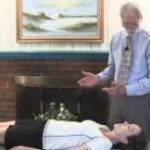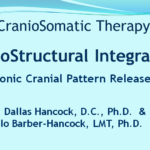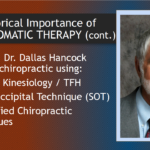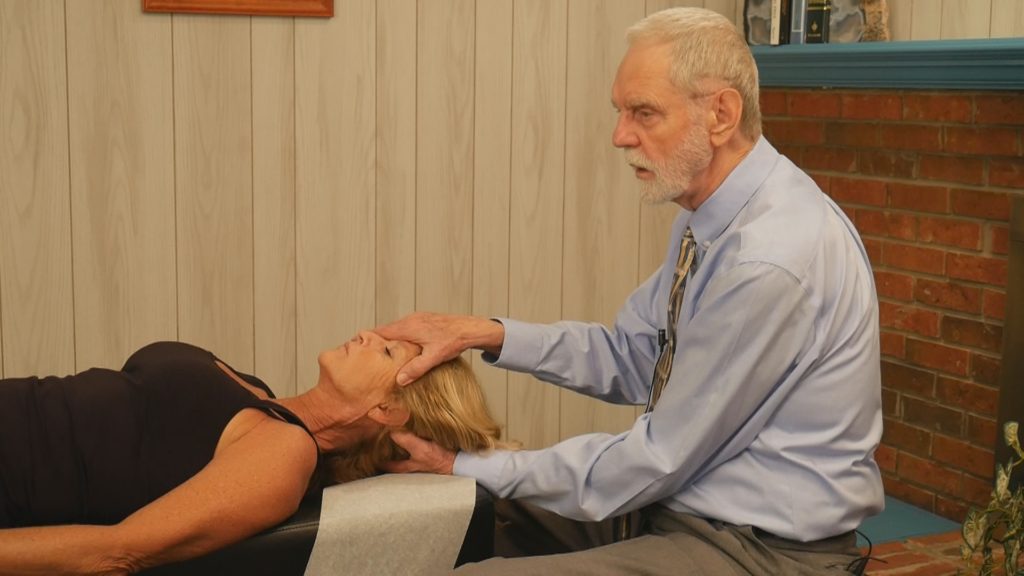Over time Dr. Hancock became aware of common musculoskeletal patterns because he was using Touch for Health and muscle testing on every single patient
He found out that there were consistent patterns of weakness on patients no matter what age or occupation.
Dr. Hancock found that he could:
- treat these with SOT blocks
- do chiropractic
techniques - Touch for health
techniques
But the patterns would come back when people got up and walked around.
These patterns were associated with a tippage in the pelvis, and this frustrated him
He'd been a computer programmer and he does not like to see "bugs" in the system.
If something's not working right he wants to know why and thinks it's his responsibility to fix it.
That was really his driving force.
He attended Upleger courses so he could see how an osteopath taught movement of the skull and he learned things that he had not learned through chiropractic training.
There's often a tipped and rotated head. Often shoulders that are not level.
Right leg shorter is seen most often.
If you've been to chiropractors they may have told you, that you have a short right leg, or maybe it's your left leg they consider short.










